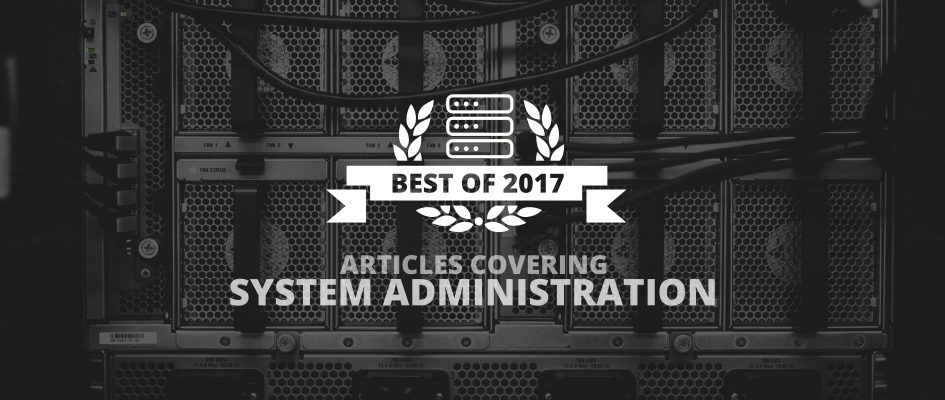It has been a full year here at the Fedora Magazine, and now it is over, we are looking back at some of the awesome content from our contributors. Here are some of the best articles from our contributors that are useful for system administrators.
Installing WordPress on Fedora
Looking for a step-by-step tutorial on setting up WordPress on your Fedora server? Look no further:
Configuring Sudo
This awesome quick tip walks you though setting up sudo — either at install-time, or after-the-fact:
Installing Apache
Apache is available in the official Fedora repos. This article shows you how easy it is an set up a web server on Fedora.
How to boot to an earlier Kernel
On rare occasions, though, a new kernel can bring an issue with it. You might need to revert to an older one to keep things working until the bug is fixed. This article shows you how.
Changing Kernel options
Learn how kernel configurations are generated and how to best make changes for a custom kernel.
The header image for this post contains Laurel Wreath created by Gabriella Fono from the Noun Project & the server icon created by Aybige from the Noun Project.






Keti Zilgish
From keti.zilgish@gmail.com
Please will you kindly clarify whether each of these articles will work equally well on the Fedora Workstation as they would on the Fedora Server because for all practical purposes both these operating systems would have to be installed on different hardware unless you are prepared to get involved in the intricacies of networking in virtual installations.
Mark
Yes, they will work equally well with the workstation install. Unlike MS Windows, currently the only practical difference between the workstation and server versions is the installed software. If you want a custom server with a GUI, install the workstation, then install desired server components.
Windows, on the other hand, puts arbitrary restrictions in “non-server” products like limiting port connections, etc. This serves to artificially divide the the OS versions into the standard capitalist tiered pricing system:
Level
1)standard,home,chump
2)Pro
3)Server/Enterprise
This structure is ubiquitous the proprietary software world, with sometimes fewer and sometimes more levels.